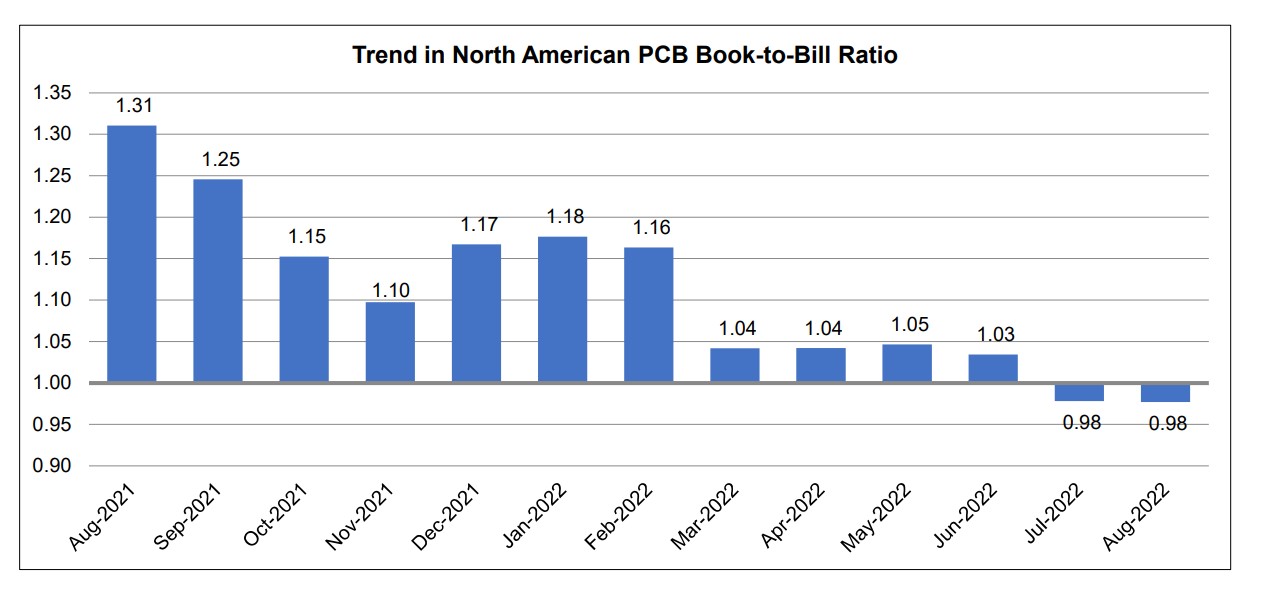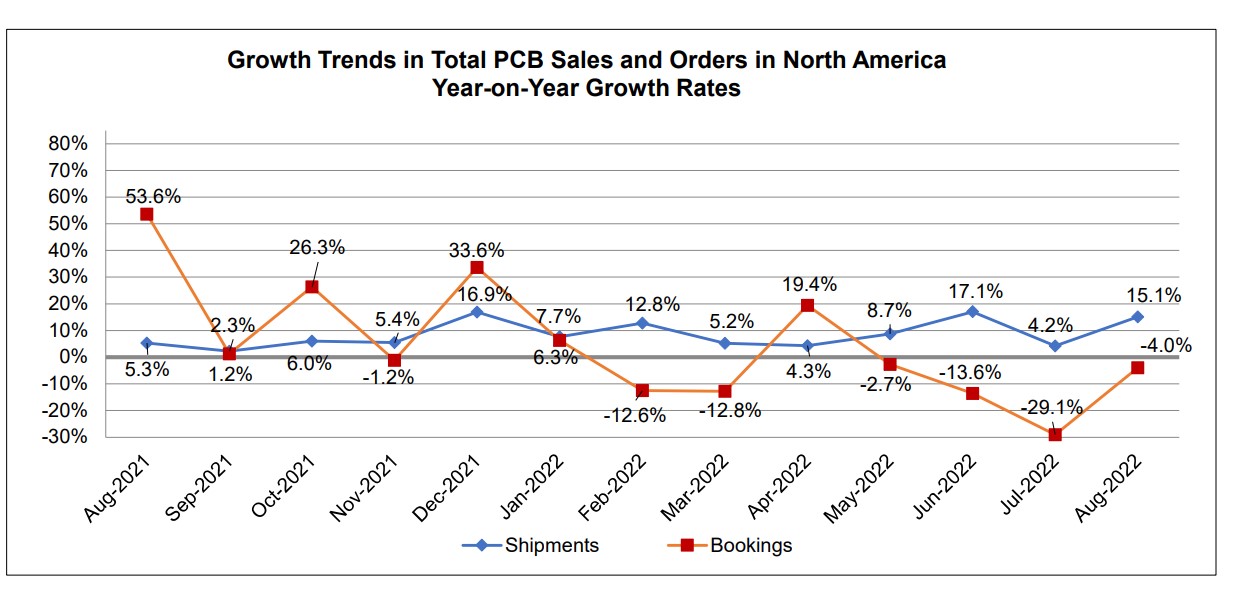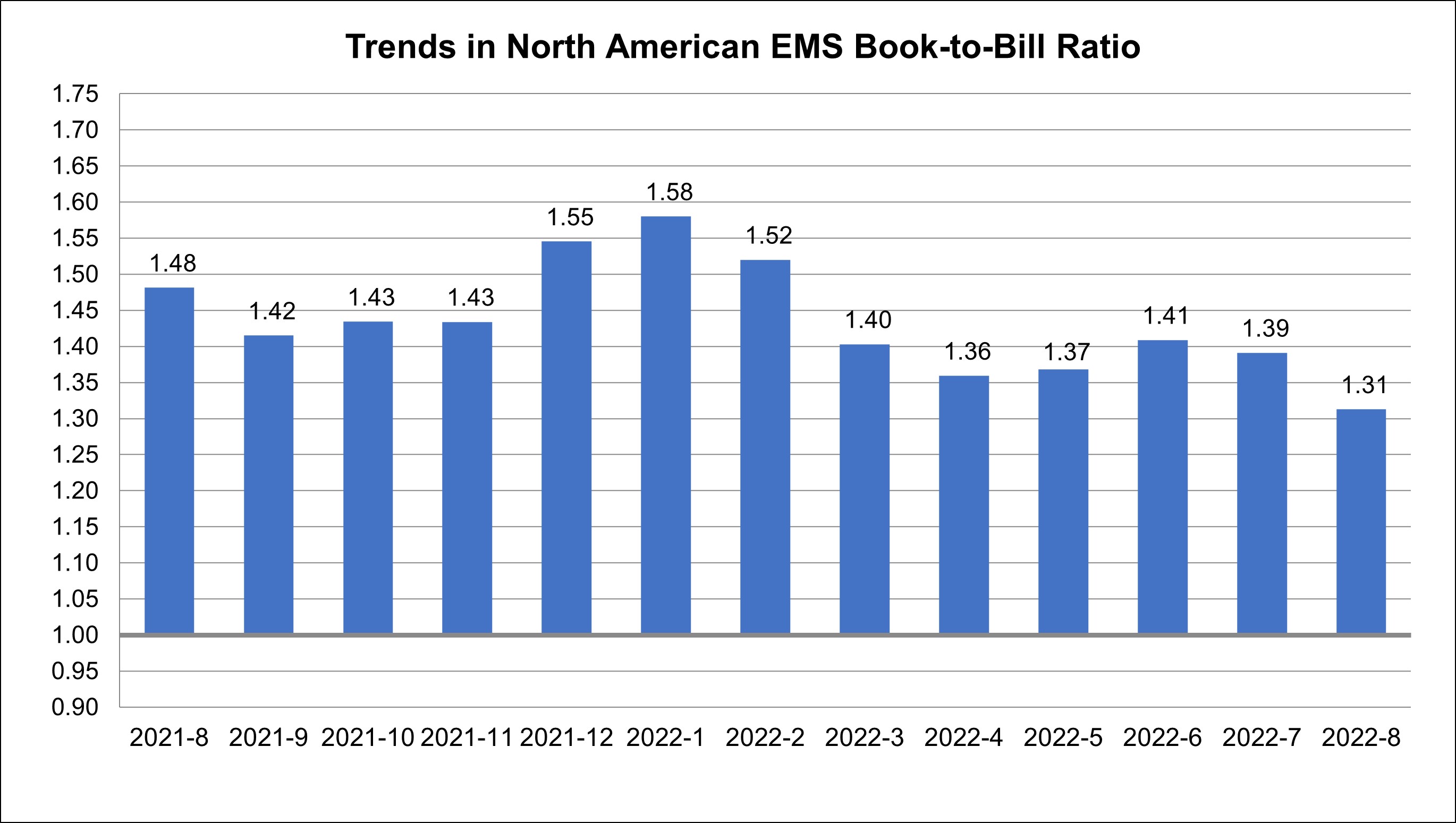Troubleshooting SMT Yield Problems and Failure Analysis
This webinar will preview the IPC APEX EXPO 2023 professional development course, “Troubleshooting SMT Yield Problems and Failure Analysis." Join Ray Prasad for this webinar and get an exclusive "sneak peek" on:
- Advancing your understanding of root causes of SMT and through hole defects
- Implementing corrective actions in design, assembly and material purchases
- Taking necessary actions to improve yield and reduce product cost.
- You are also encouraged to bring your pesky defects for discussion and root cause analysis.
Speaker Bio
Author of the textbook Surface Mount Technology: Principles and Practice and over 100 papers, Mr. Ray Prasad is an inductee to the IPC Hall of Fame, the highest honor in our industry for his contribution to the electronics industry. He is also the recipient of the IPC President's Award, SMTA Member of Distinction Award, Intel Achievement Award, and Dieter W. Bergman IPC Fellowship Medal.
As the lead engineer, Mr. Prasad introduced SMT into airplanes and defense systems at Boeing, and as SMT program manager, he managed the global implementation of SMT at Intel Corporation. In his consulting practice, Mr. Prasad has helped many clients over the years and has taught in-depth SMT classes at OEM and EMS client sites across the globe.
Mr. Prasad is the chairman of three IPC Committees: IPC-7095 (BGA), IPC-7093 (BTC), and IPC-7530 (Reflow). He also chaired many other IPC committees. He is Columnist for the SMT Magazine.
Mr. Prasad received his B.S. in Metallurgical Engineering from the National Institute of Technology, Jamshedpur in India, his M.S. in Materials Science and Engineering, and an MBA from the University of California at Berkeley. He is a registered Professional Engineer (P.E.) and a US Citizen.



